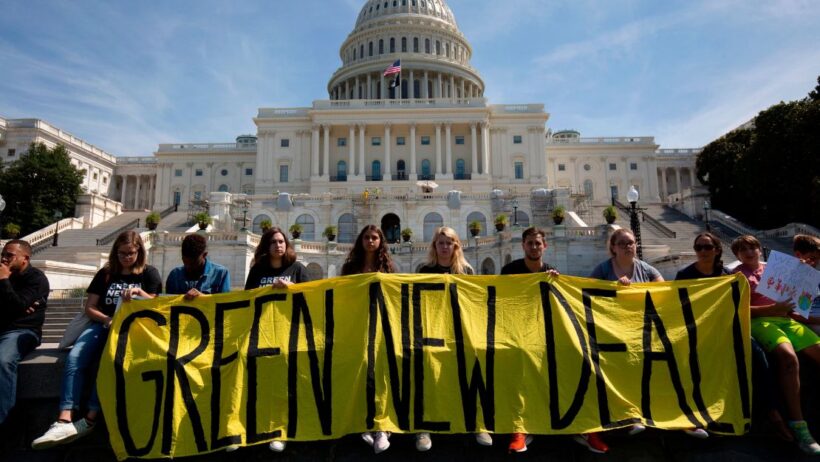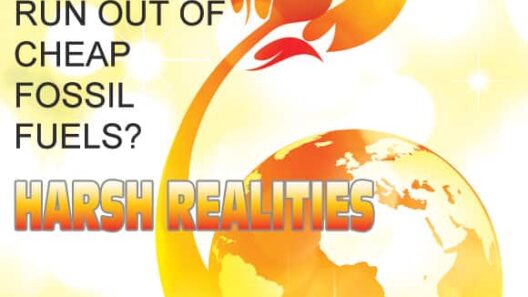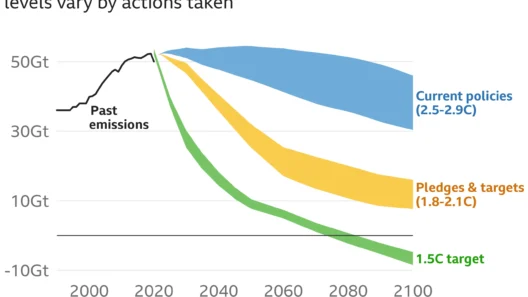The narrative of global warming in the United States is akin to the gradual swelling of a tide—at first imperceptible, then unmistakably potent. As the realities of climate change encroach upon everyday life, public sentiment reflects a growing awareness and urgency surrounding the issue. Recent polls reveal an extraordinary transformation in the collective consciousness of Americans, suggesting that concern for global warming has reached unprecedented heights. But do these numbers reflect a heartfelt commitment to change, or are they merely ephemeral musings shaped by contemporary events and media portrayals?
Understanding the depth of concern among Americans requires delving into a variety of factors, including economic considerations, regional perspectives, and the ever-evolving political landscape. Poll after poll demonstrates a marked increase in alarm about climate change. The perception that it poses a significant threat to future generations has become mainstream. Yet, the question remains: how deeply does this concern penetrate the American psyche, and how does it manifest in political action or apathy?
Traditionally, environmental surveys have revealed a complex tapestry of views shaped by socioeconomic status, education, and geographic location. For instance, urban dwellers often exhibit a heightened awareness compared to rural populations, which are sometimes still mired in skepticism, echoing the past few decades of climate denial rhetoric. However, recent data suggests a noteworthy shift—even within these demographic groups. Awareness is weaving itself into the fabric of American life, like a vine climbing a once-barren wall.
The phenomenon of increased concern is multifaceted. Natural disasters, wildfires, hurricanes, and extreme weather events have become more frequent and intense, often laying waste to entire communities. This stark reality has served as a clarion call, awakening a sense of urgency among populations who once remained disengaged. Such experiences create a visceral understanding of climate change, shattering preconceived notions and instilling a sense of shared responsibility for the planet’s future.
Moreover, younger generations are increasingly vocal about their climate anxieties. This demographic, having grown up in a world rife with evidence of climate change’s impacts, manifests a passionate advocacy that challenges older, more entrenched political narratives. Through social media and grassroots activism, the youth are effectively wielding their voices like swords, cutting through the fog of misinformation and demanding accountability. Their fervor contrasts sharply with the inertia exhibited by some political leaders, creating a palpable tension in the broader discourse.
In the political arena, the dichotomy between environmental policy advocates and climate change skeptics has intensified. While polls indicate that a significant majority of Americans acknowledge global warming as a serious threat, the legislative response often remains tepid. Political candidates who align themselves with environmental concerns may flourish in polls but face daunting challenges in implementing transformative policies. This paradox of public opinion versus political action conjures the image of a caged bird—its call resounding powerfully yet unable to soar free.
Despite the apparent divergence between public sentiment and political momentum, hope persists. Consider the remarkable advances in renewable energy technology and the increasing popularity of electric vehicles. The willingness of Americans to invest in these innovations, even amid a backdrop of contradictory political signals, suggests a lingering commitment to combatting climate change. Choices made in daily life—whether opting for sustainable products or supporting local environmental initiatives—speak volumes about the underlying values embraced by a vast swath of the populace.
Nevertheless, the statistical landscape is rife with contradictions. While alarmism around climate change is on the rise, so too is the prevalence of political polarization. The factionalism that characterizes contemporary American politics often casts climate change as a partisan issue. This has led to a phenomenon where acceptance of climate science is dictated not solely by evidence but by political affiliation. Climate change becomes a litmus test of ideological loyalty rather than an objective threat to humanity, echoing the challenges faced not just in the U.S. but worldwide.
Thus, navigating public attitudes toward global warming reveals a complicated interplay of factors. Polls indicate a surge in recognition and concern, yet political stalemates suggest an ongoing struggle to translate that awareness into actionable change. With increasing evidence showcasing the dire consequences of inaction—ranging from environmental degradation to severe economic impacts—it is incumbent upon leaders to galvanize the public’s desire for meaningful reform.
The implications of such polls are significant. They serve not merely as reflections of public sentiment but as potent indicators of potential for future action. As the tide continues to rise, the challenge is less about whether Americans care and more about how that care can be shaped into a movement powerful enough to sway policy and drive collective behavior. Like a river carving a canyon, sustained pressure and determination can lead to monumental changes.
In conclusion, Americans are indeed awakening to the realities of global warming with a fervor that has not been seen before. While the statistical evidence shows a marked increase in concern, it is vital to focus on the subsequent actions—or lack thereof—that arise from this awareness. As societal momentum shifts, the onus lies upon individuals, communities, and political leaders to translate this recognition into a cohesive response that not only acknowledges the impending challenges but actively seeks to address them. Only then can we hope to create a sustainable future for generations to come.







